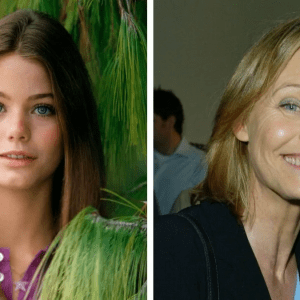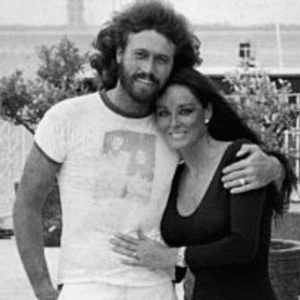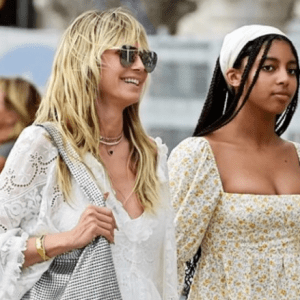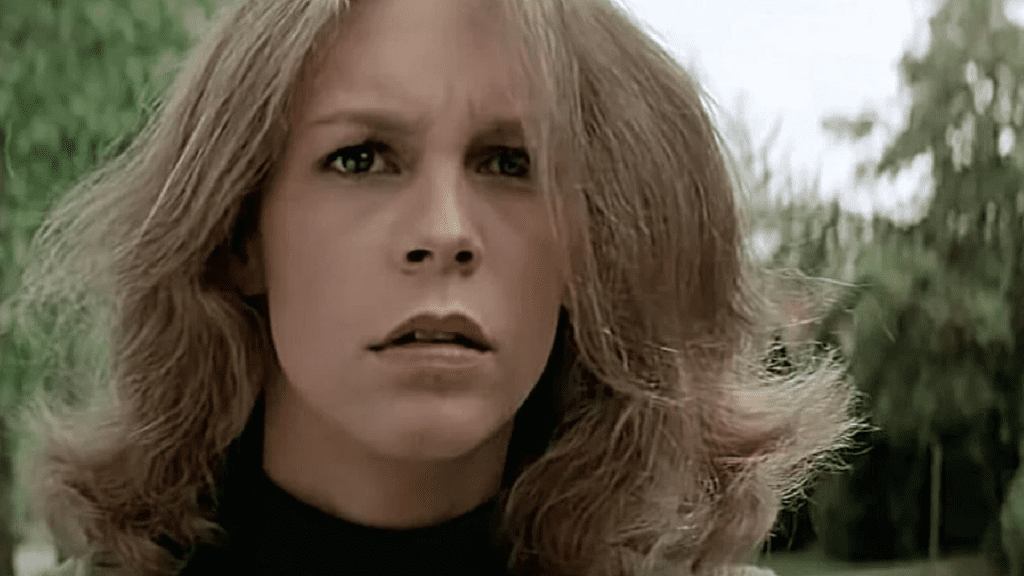
Jamie Lee Curtis is a Hollywood legend, but her career-defining role as Laurie Strode in John Carpenter’s Halloween firmly established her as the ultimate scream queen. Released in 1978, Halloween redefined the horror genre, and Curtis’s performance remains a pivotal element of its success. This article explores Curtis’s portrayal of Laurie, the cultural impact of the film, and how Halloween continues to influence cinema today.
When Jamie Lee Curtis first appeared as Laurie Strode, she brought an authenticity that set her apart. Laurie was no helpless victim. Instead, Curtis portrayed her as a relatable, intelligent, and courageous teenager who faced unimaginable terror with strength and determination.
Her ability to balance vulnerability and resilience made Laurie an icon. Unlike many horror heroines of the time, Laurie actively fought back, transforming from a babysitter to a symbol of survival. Curtis’s nuanced performance elevated the character, making Laurie a standout in a genre often criticized for one-dimensional portrayals.
Halloween, directed by John Carpenter, was a groundbreaking slasher film. Produced on a modest budget of $300,000, it grossed over $70 million globally, becoming one of the most profitable independent films ever made. Its chilling atmosphere, minimalist storytelling, and haunting musical score captivated audiences worldwide.
Jamie Lee Curtis was integral to the film’s success. Her portrayal of Laurie Strode anchored the film’s suspense, creating a connection with viewers that made the horror feel all too real. Curtis’s performance was so impactful that it solidified her place in cinematic history and launched a franchise that would span decades.
Curtis reprised her role as Laurie Strode in several sequels and reboots, each time adding new layers to the character. In Halloween II (1981), Laurie continued to fight for survival, while Halloween H20 (1998) depicted her as a mother still grappling with trauma two decades later.
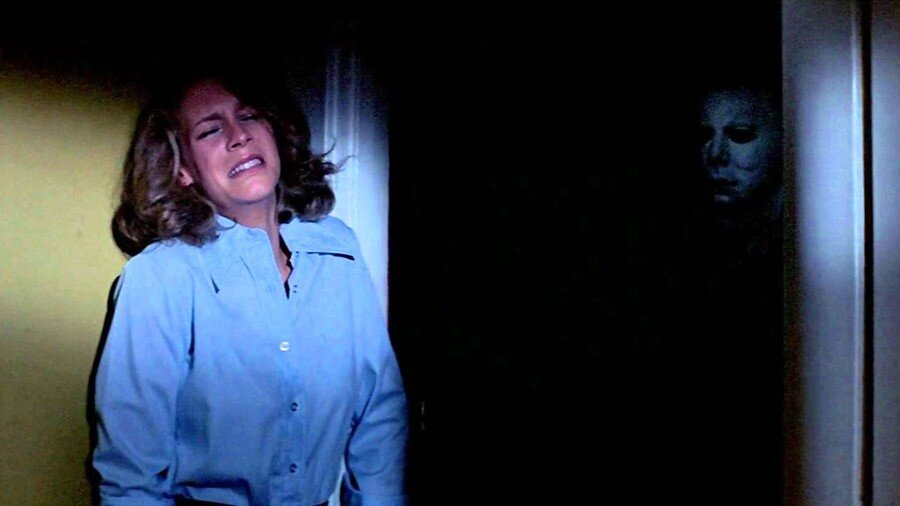
The 2018 reboot brought Laurie into the modern era as a grandmother determined to end her battle with Michael Myers once and for all. Curtis’s portrayal highlighted themes of resilience and healing, resonating with audiences who saw Laurie as a symbol of strength in the face of adversity.
Jamie Lee Curtis’s ability to convey fear with authenticity is unparalleled. Her naturalistic performance in Halloween drew viewers into Laurie’s world, making her terror palpable. This realism set the film apart from others in the genre and cemented Curtis’s reputation as a powerhouse actress.
Over the years, Curtis has evolved Laurie Strode into a multi-dimensional character. Whether portraying a terrified teenager or a hardened survivor, she has ensured that Laurie remains a relatable and inspiring figure.
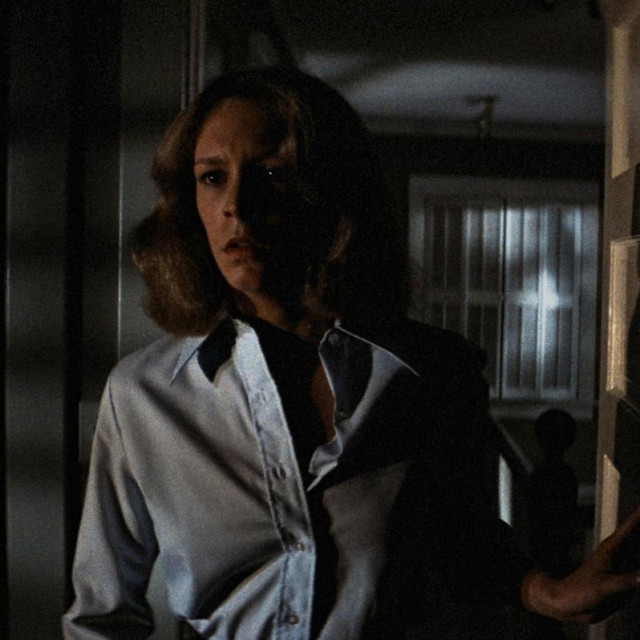
Laurie Strode’s journey in Halloween carries subtle but powerful feminist undertones. Curtis portrayed Laurie as more than just a victim—she was a fighter who used her intelligence and courage to outwit her attacker.
This portrayal challenged traditional gender roles in horror, paving the way for more empowered female characters in the genre. Curtis’s performance has inspired countless actresses and filmmakers, proving that strength and complexity belong in every story.
The influence of Jamie Lee Curtis’s role in Halloween extends far beyond the screen. Laurie Strode has become a cultural icon, frequently referenced in media and celebrated during Halloween festivities. Curtis herself has embraced this legacy, reflecting on how the franchise shaped her career and influenced the horror genre.
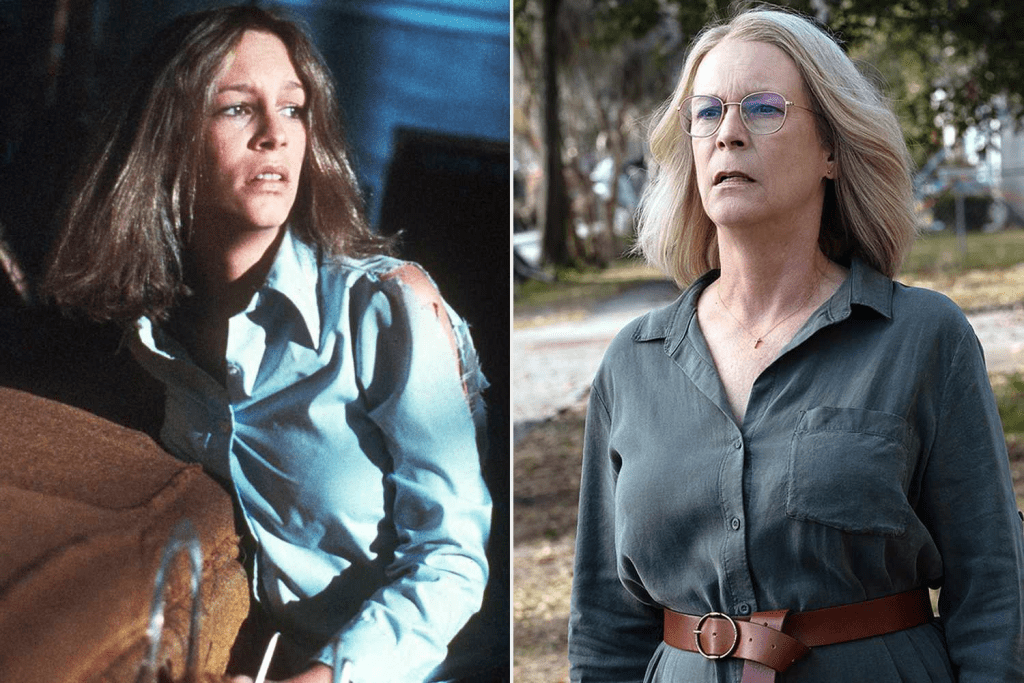
Jamie Lee Curtis’s role as Laurie Strode in Halloween is more than just a memorable performance—it’s a cornerstone of cinematic history. Her work redefined the horror heroine, blending strength, realism, and vulnerability.
Through sequels and reboots, Curtis has kept Laurie Strode relevant and compelling, ensuring the character’s place in pop culture. Her legacy is a testament to the enduring power of storytelling and the impact of a well-crafted character.
